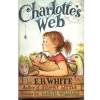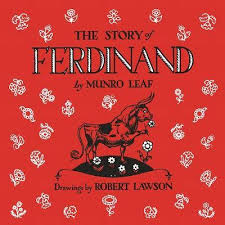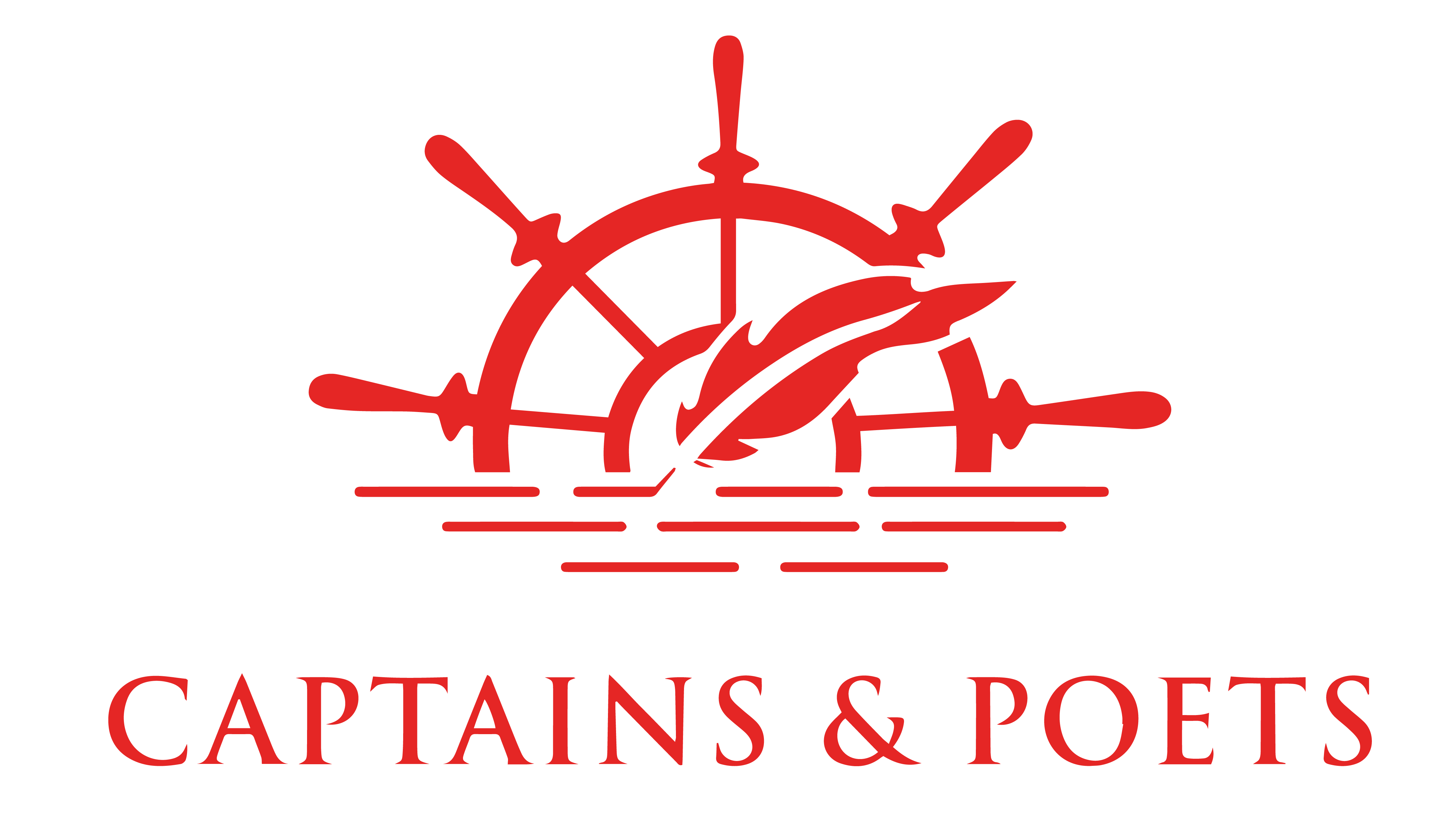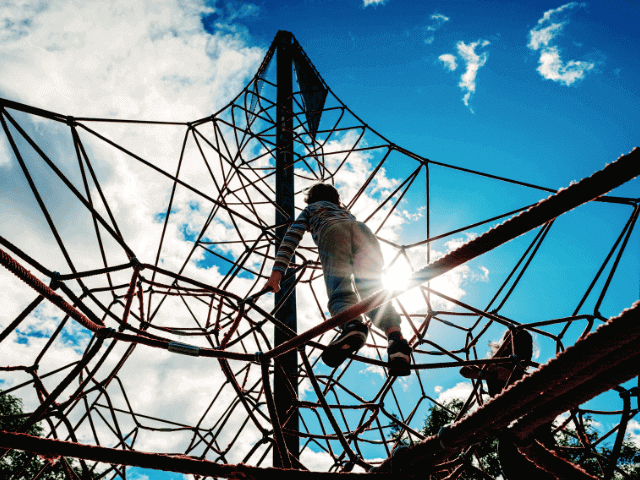“Life moves pretty fast. If you don’t stop and look around once in a while, you could miss it.” Ferris Bueller, Ferris Bueller’s Day Off
I was recently reminded of this quotation from one of my favourite movies as I was re-reading Charlotte’s Web with a young reader I work with in the Toronto Public Library Leading to Reading program. Funny how one experience connects with another…
At the end of chapter 5 Wilbur the pig is bemoaning the lack of luster in his life in the barnyard. As he confronts his loneliness and boredom, Charlotte (the spider) enters his life and tells Wilbur that she has been observing him and that she wants to be his friend.
Charlotte, a spider wise beyond her years (and 8 legs), is an ardent observer of life and of the things, big and small, happening around her. The conversation I had with my young reading partner led me to reflect on the importance of taking in the world around us and making connections to it and to the people we encounter.
 As an educator in a formal role in the past and in my informal roles currently, I think that the most important part that I play is in helping young people to connect, achieve a sense of belonging, and find their place in their community and in our world.
As an educator in a formal role in the past and in my informal roles currently, I think that the most important part that I play is in helping young people to connect, achieve a sense of belonging, and find their place in their community and in our world.
Some of that work is in helping students to form their identity, to articulate who they are, where they come from and to tell their story. Charlotte embodies the presence of a mindful teacher as she weaves words in her daily web to describe him: “Some pig”, “terrific”, “radiant”. And in those moments, Wilbur feels seen.
SPOILER ALERT (If you haven’t read this wonderful book, skip the next line
Charlotte creates these messages to save Wilbur’s life on the farm. The collateral effect, however, is existentially more powerful. Wilbur realizes that he is no average pig, that he has great value, and he begins to shape his identity in the company of others who care about him.
Wilbur is able to deepen his connection to self through a relationship with a thoughtful friend; and, from there begins to engage more fully with others. Children’s identity emerges as they interact with the people in their lives and in the world around them. As adults we have the great privilege of observing this process and of helping to provide supportive and caring environments for this process to take shape.
I think that is what we do as teachers, parents and caring adults in the lives of young people. We help young people to tell their story, determine who they are and who they want to become. As educators we need to find ways to introduce a culture of pause if we are to foster the kind of connection that is so critical to effective learning environments. The impact of Charlotte’s presence in Wilbur’s life reminds us that children need to feel seen and to connect with the world around them to reach their full potential.
The spider web is a good metaphor for making connections. It led me to thinking about the potential for fostering connection in and amongst students in the classroom, and to the world around them through the curriculum.
When students are reading texts that are relevant to their sense of identity, they are able to relate to them personally as well as relate those texts to the world around them. I found my revisiting of Charlotte’s Web reconnecting me with the barnyard setting and my rural roots. It inspired me to check out the Royal Agricultural Winter Fair in Toronto recently and I was again reminded of the web of connection around us.
One of the exhibits educated visitors about the foods we eat and where they come from. Through the exhibit, kids learned about supporting locally sourced foods and a commitment to sustainability. It also focused on food waste reduction and what belongs in the compost bin. I think that opportunities like this that expose young people to contemporary issues and challenges in a positive way also helps them to shape their identity. By deepening their knowledge, in this case about social responsibility and sustainability, and being given an opportunity to respond to what they learn, helps to shape who they are and what matters to them. This then enables them to make more intentional choices and to help contribute to a better world.
As educators, it is our role to be thoughtful about how we can set the conditions in formal and informal learning settings that allow young people to do the same. Many of us find a great sense of purpose in this. It is our responsibility to pause and help students make those connections to help make learning (and life) more meaningful.
As Ferris Bueller suggests, life does move fast. I am trying to take the time to pause and reflect on what I see happening in my local community that is supporting my understanding of social responsibility and my role in caring for our common home.

And as one connection tends to lead to another, I can’t resist one more children’s lit reference. Take a page from The Story of Ferdinand by Munro Leaf and stop and smell the roses from time to time. The gift of working with children is it keeps our eyes fresh and our hearts open to all of the rich connections and potential in the world around us.
Dr. Salvatori is a career educator, author and speaker. He currently serves as the Director of Continuing Education at the University of St. Michael’s College in the University of Toronto and was formerly the CEO & Registrar of the Ontario College of Teachers.

